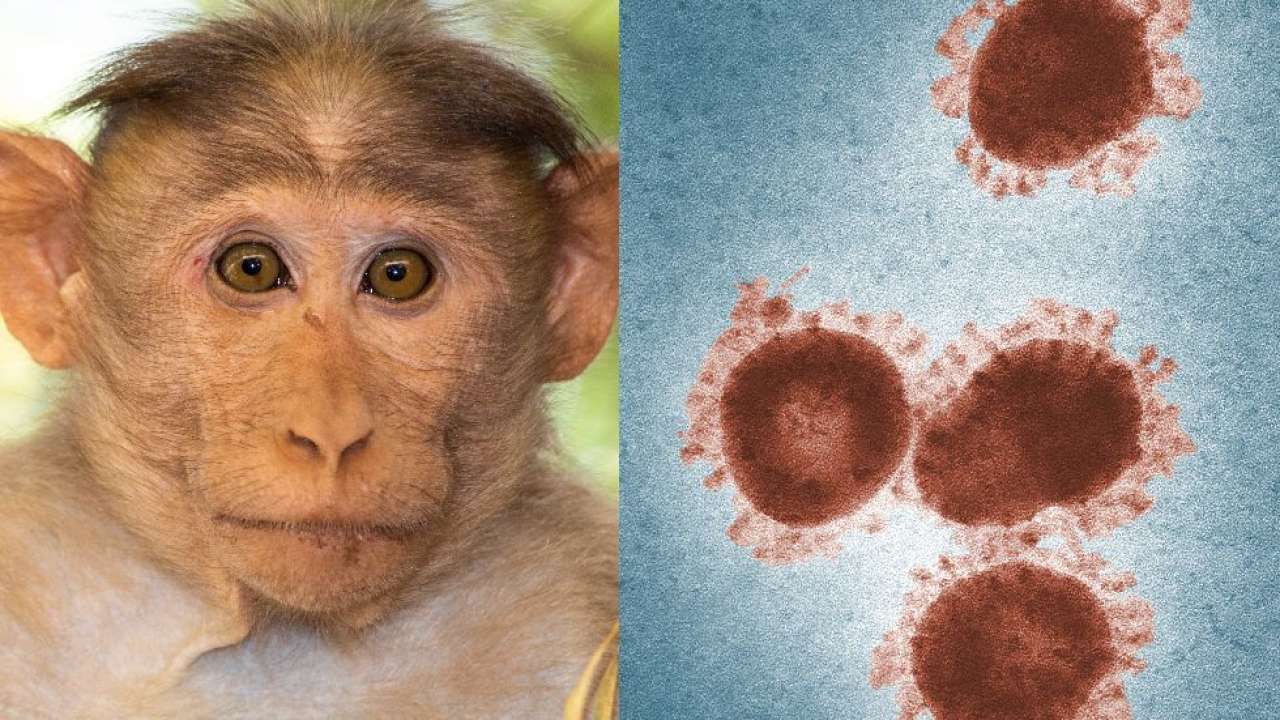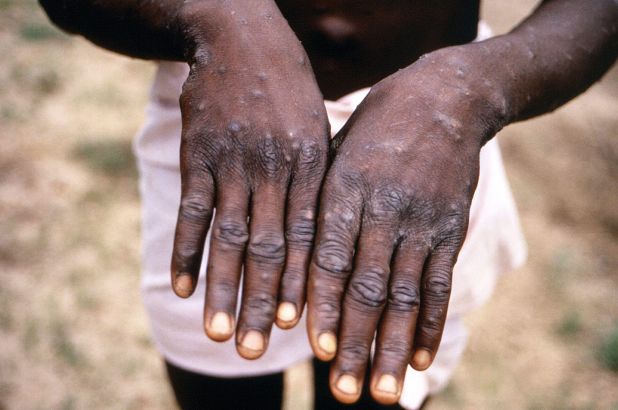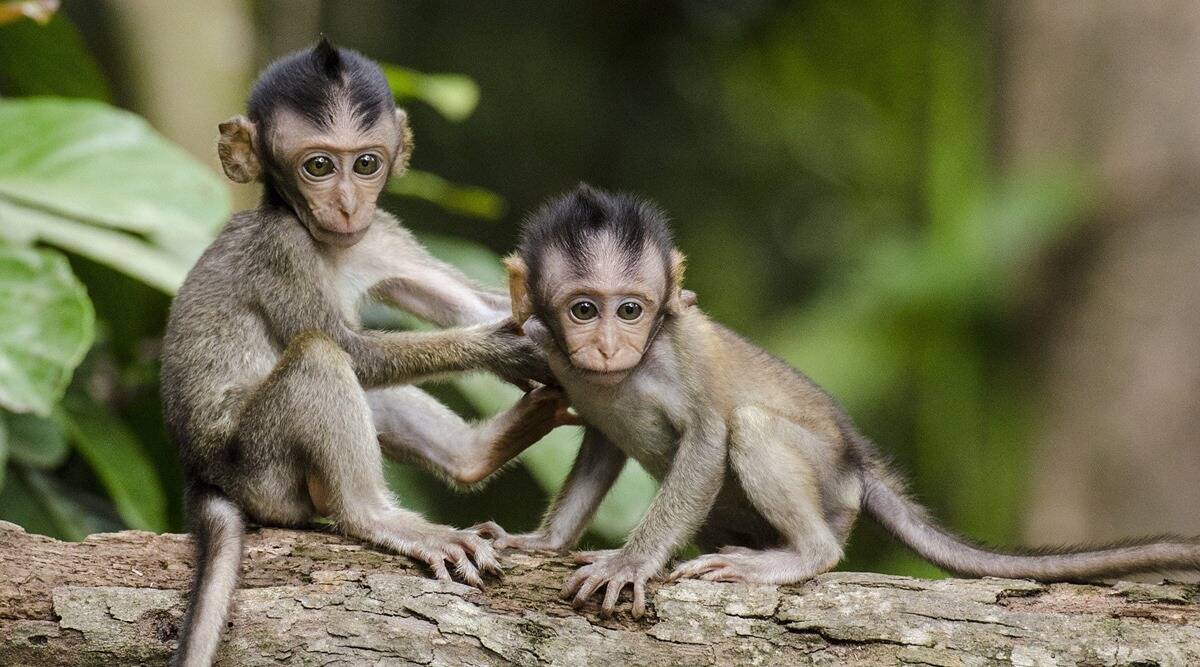According to the report of the Chinese Center for Disease Control and Prevention, the 53-year-old Beijing-based veterinary surgeon showed early-onset symptoms of nausea and vomiting a month after he dissected two dead monkeys in early March. The symptoms got severe when the vet started experiencing fever and neurological issues. He sought treatment in several hospitals and eventually died on May 27.
Around mid-April, the cerebrospinal fluid from the patient for next-generation sequencing was collected by researchers. The readings suggested a possible alphaherpesvirus infection. Blister fluid, blood, nasal swab, throat swab, and plasma samples were also collected to identify more about the etiological agent.
The samples were sent to the National Institute for Viral Disease Control and Prevention (IVDC) of China CDC. The IVDC conducted four sets of RT-PCR to detect BV, varicella-zoster virus (VZV), monkeypox virus, and orthopoxvirus, however, the sample tested positive only for BV.

All close contacts of the patient are safe as they have tested negative for the virus. China CDC Weekly said, “The virus might pose a zoonotic threat to primate veterinarians, animal care personnel, or laboratory researchers.”
The journal stressed the need to eliminate the virus during the development of “specific pathogen-free rhesus colonies” and to strengthen surveillance in laboratory macaques and occupational workers in China.
The death is the first confirmed human fatality from Monkey B Virus infection. Let’s understand what the disease is all about:
Monkeypox, as the name suggests, was first discovered in 1958 when two outbreaks of a pox-like disease were recorded in colonies of monkeys kept for research. In 1970, the first human case of monkeypox was recorded in the Democratic Republic of Congo during a period when there were efforts going on to eliminate smallpox.
Monkeypox is a viral, zoonotic disease. The virus that causes monkeypox belongs to the same family as the smallpox virus. But it causes milder infection than smallpox.
The illness i.e. monkeypox is rare but potentially serious if not given notice. According to the World Health Organization (WHO), the disease occurs mostly in remote parts of Central and West Africa. Generally, the virus lives in animals, including primates and rodents, but it can sometimes move from animals to humans.
The infection begins with flu-like illness and swelling of the lymph nodes. It gradually progresses to a widespread rash on the face and body. The duration of infection is typically two-four weeks.

The transmission of the virus from person to person takes place mainly through:
- Exposure to respiratory droplets, which can enter the body through mucous membranes in the eyes, mouth, and nose.
- Exposure or contact with infected lesions, wounds or body fluids, or
- Indirectly, from contact with contaminated clothing or linens.
So far, scientists have discovered two distinct genetic groups of the monkeypox virus—Central African and West African. The recent case of the US is by the type of virus found in parts of West Africa, including Nigeria. The United Kingdom, Israel, and Singapore have also recorded cases of monkeypox in six passengers, all of whom were returning from Nigeria.
There is no specific treatment known for monkeypox infection. However, the US developed one vaccine against monkeypox and smallpox. This is the only known prevention from the disease.
The infection is fatal in about 1 in 100 people, but the mortality rate can go higher in people with weakened immune systems.



